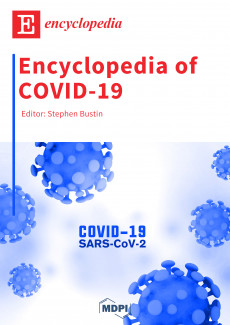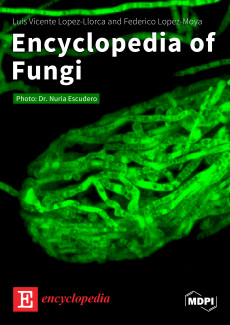Topic Review
- 1.2K
- 07 Mar 2022
Topic Review
- 484
- 02 Apr 2022
Topic Review
- 359
- 29 Dec 2023
Topic Review
- 1.2K
- 16 Jun 2021
Topic Review
- 635
- 17 Aug 2021
Topic Review
- 361
- 16 Jun 2023
Topic Review
- 577
- 20 Dec 2021
Topic Review
- 524
- 13 Feb 2023
Topic Review
- 632
- 09 Jan 2023
Topic Review
- 904
- 10 Mar 2023
Featured Entry Collections
Featured Books
- Encyclopedia of Social Sciences
- Chief Editor:
- Encyclopedia of COVID-19
- Chief Editor:
Stephen Bustin
- Encyclopedia of Fungi
- Chief Editor:
- Encyclopedia of Digital Society, Industry 5.0 and Smart City
- Chief Editor:
Sandro Serpa
 Encyclopedia
Encyclopedia



